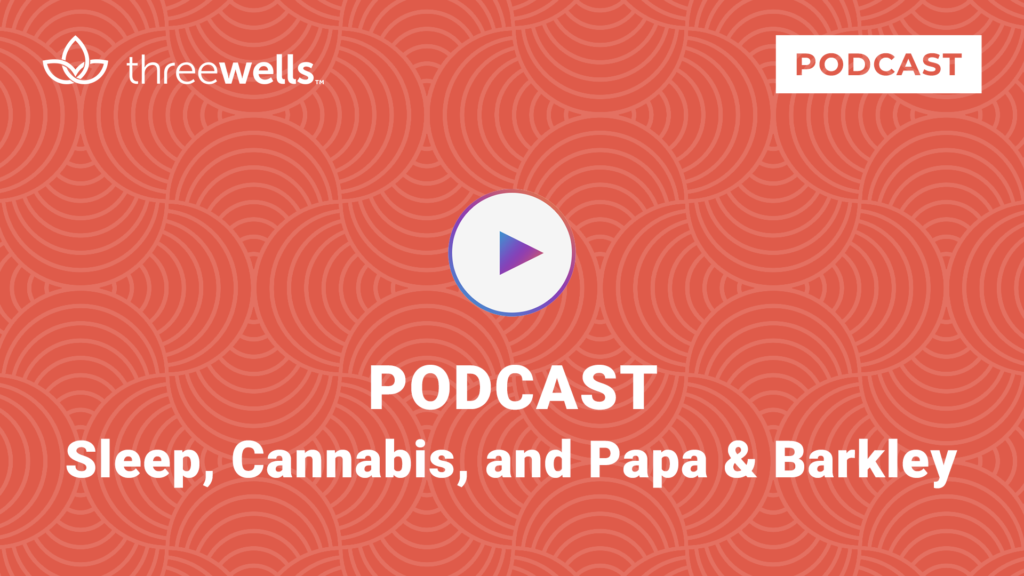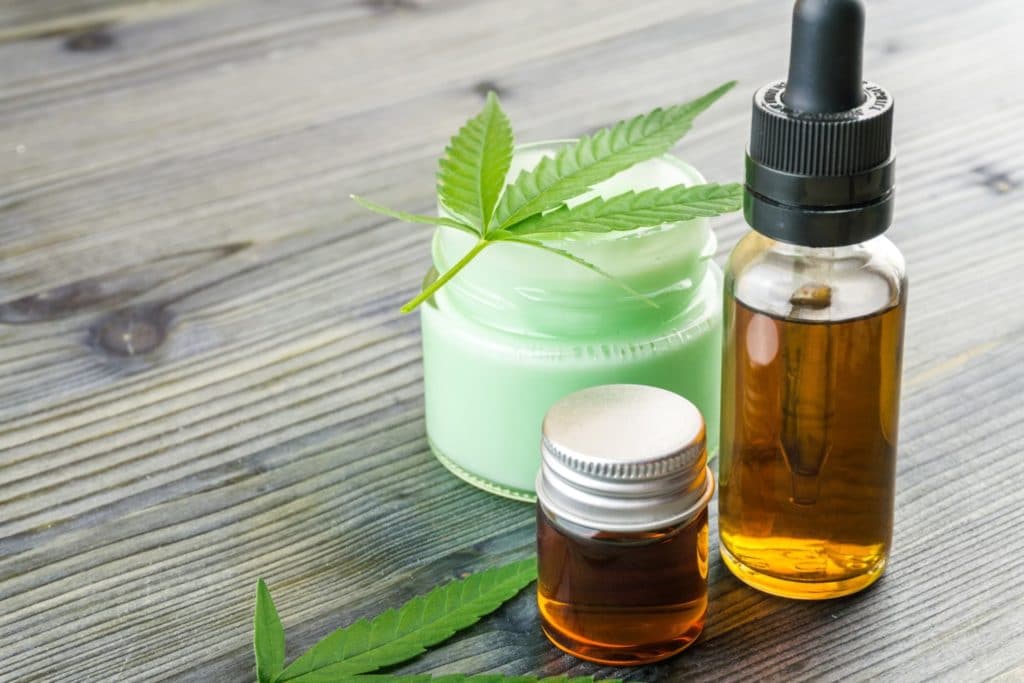Read Time: 4:30 Mins.
Treating pain is the most common condition for using medical marijuana, and the question patients ask most often is, “how do I use cannabis for pain management?” Wow, if I had the answer, I’d be rich and famous. The problem is there’s not just one solution because every variable you can imagine affects the answer. To start, there are different kinds of pain. Also, there are components in cannabis that act differently on these several kinds of pain. Further, people have a wide range of perceptions of, and tolerances to pain. It also matters what other medications you may be taking to manage pain, especially opioids.
So how does a consumer know what to use? I suggest you consult a professional to answer your question if your pain is significant. Due to its complexity, there’s no one best answer, but here are some pointers. There are several ways to categorize pain, but let’s review the main two categories, nociceptive (and its sub-set, inflammatory), and neuropathic.
Nociceptive Pain
This is the normal response to noxious insult or injury of tissues such as skin, muscles, visceral organs, joints, tendons, or bones. The injury is reported to the brain by the nervous system. It’s not pain until your brain says it is! It can be described as sharp, aching, cramping, or throbbing. It is usually acute and develops in response to a specific situation. It tends to go away as the affected body part heals. Examples include joint pain, bone pain as in a fracture, or skin injury as in sunburn.
Inflammatory Pain
This is actually a subset of nociceptive pain: a result of activation of the nociception pathway by mediators at the site of tissue inflammation, which might cause swelling, heat, and pain. Pro-inflammatory substances lower the threshold potential of nociceptors, so the more they fire, the more pain you feel. Some types of inflammatory pain can be chronic if the inflammation does not resolve. Examples include rheumatoid arthritis, inflammatory bowel disease, a new traumatic injury such as a sprain.
Neuropathic Pain
This form of pain comes from damage to the nervous system itself, central or peripheral, either from disease or injury. The nervous system is responsible for carrying impulses of nociception to the brain. So, if it’s damaged or dysfunctional, it may send inaccurate pain messages, not even related to an external stimulus. Anything that damages neurons can make a change in pain sensation. There can be damage to sensory or spinal nerves, or to the central nervous system. It’s often described as stabbing, electrical, shooting, fiery, or sharp. Even numbness, which is a type of neuropathy falls into this category. Neuropathic pain is more likely to be chronic, since nerves heal slowly, if at all.
Examples include peripheral neuropathy to hands or feet, diabetic neuropathy, postherpetic neuralgia, or central spinal cord injury pain, multiple sclerosis or post-stroke pain. The effect of cannabis on pain depends not only on the type of pain but on the composition of the product you choose. The effect of THC on pain is positive in all categories – nociception is reduced, neuropathic pain is reduced, inflammatory pain is reduced. Further, THC is synergistic with opiates, which means it helps your opioid pain medicine act more effectively.
Is CBD Good for Treating Pain?
The effect of CBD on pain is not as clear cut. CBD does not seem to reduce nociception. CBD does help neuropathic pain, and it helps inflammatory pain. It does not seem to be synergistic with opiates, so it would not augment their effect. Also, CBD seems to need a higher dose for pain management, maybe 10-20 mg, while a smaller amount of THC is perceived to manage pain, as low as 2-3 mg. People often use combinations of THC and CBD, like a 1:1 mix with 5 mg of each.
CBD and Cannabis Pain Management Quick Reference
- CBD: approximately 10-20 mg
- THC: as low as 2-3 mg
- Combination of THC and CBD: 1:1 mix with 5 mg of each (5mg of CBD and 5mg of THC)
- Specifically for Inflammatory Pain: Vape/ingest a cannabis strain with a spicy aroma or a topical cream that uses that strain (e.g. Jack Harper, Northern Lights, Purple Haze).
Other Useful Pain Management Cannabis Components
Cannabinoid acids, such as THCA or CBDA, while much less is known about them, they seem to be effective in decreasing inflammation, but not pain. Terpenes affect pain as well. Beta-caryophyllene also has anti-inflammatory properties, so it would help this type of pain. A strain with spicy aroma would be a good choice if you have inflammatory pain. Or even a topical prepared from this type of strain would be great to apply to new traumatic injuries.
The perception of pain is critical for good pain management. This is where tolerance for pain is addressed, especially in working with secondary effects of chronic pain. If you become depressed, or worried due to your pain, you will be less able to tolerate it than if you keep a more positive outlook. Similarly, if you lose sleep because of your pain, you will feel worse.
Cannabis can address these secondary issues of pain, like perception, mood, sleep, appetite, or stress. A good example of how it might change your perception is shown when cannabis is used to deal with ringing in their ear – tinnitus. Cannabis doesn’t make the ringing less loud or less often, but people say they get diverted/distracted from the ringing and it doesn’t bother them as much. Or people who get depressed from their pain, and get a boost from using cannabis, by taking a few puffs, often feel an improvement in pain with a better mood, when the nociceptive stimulus hasn’t changed. This might help them be motivated to be more interactive, to have a more positive outlook, which lessens the perception of pain. It’s important to consider whether pain management comes from an immediate change in nociception or a change in perception.
Remember, a decrease in inflammation may take time – days to weeks, and repairing nerves, if even possible, might take months to years. So, don’t expect cannabis to act like an opioid, which is purely analgesic. That type of medicine, while it does cause an immediate decrease in the perception of pain, does nothing to decrease inflammation nor does it help to repair nerves, and it’s quite addictive. Cannabis is not addictive, although if you’re using it to help your pain, or your sleep, or your mood, you will feel worse when you stop. In fact, cannabis is helpful in weaning to lower doses of opiates.
Do you use cannabis for pain management? How has it helped you? Please share your experience with our Three Wells community as it may help others.
Dr. Deborah Malka is an Integrative Medicine Physician and a Cannabis Clinical Specialist who is available for consultation. For more information, she can be reached at 831-359-7679.




